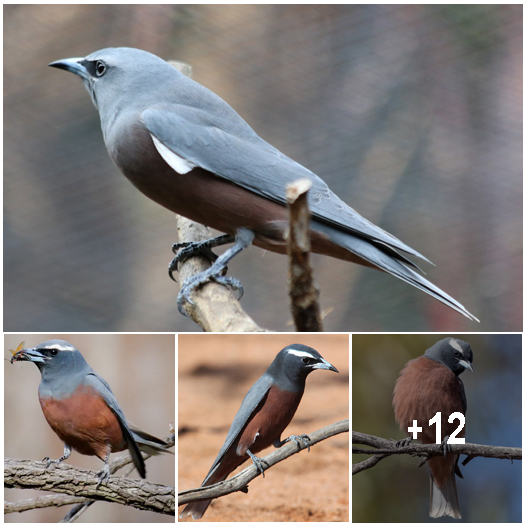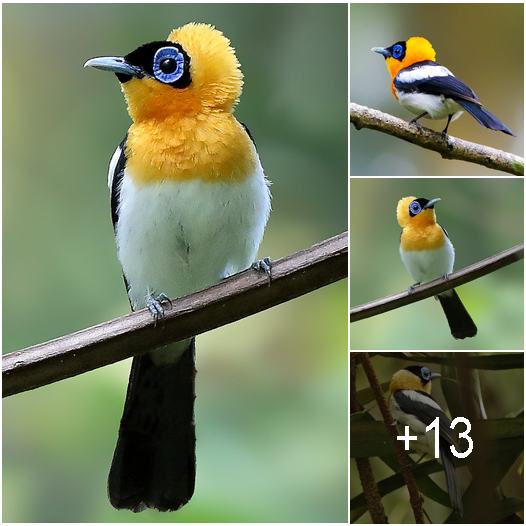A small gregarious bird covered in a striking yellow jacket separated by an ink-black sash wrapped tightly around his waist.
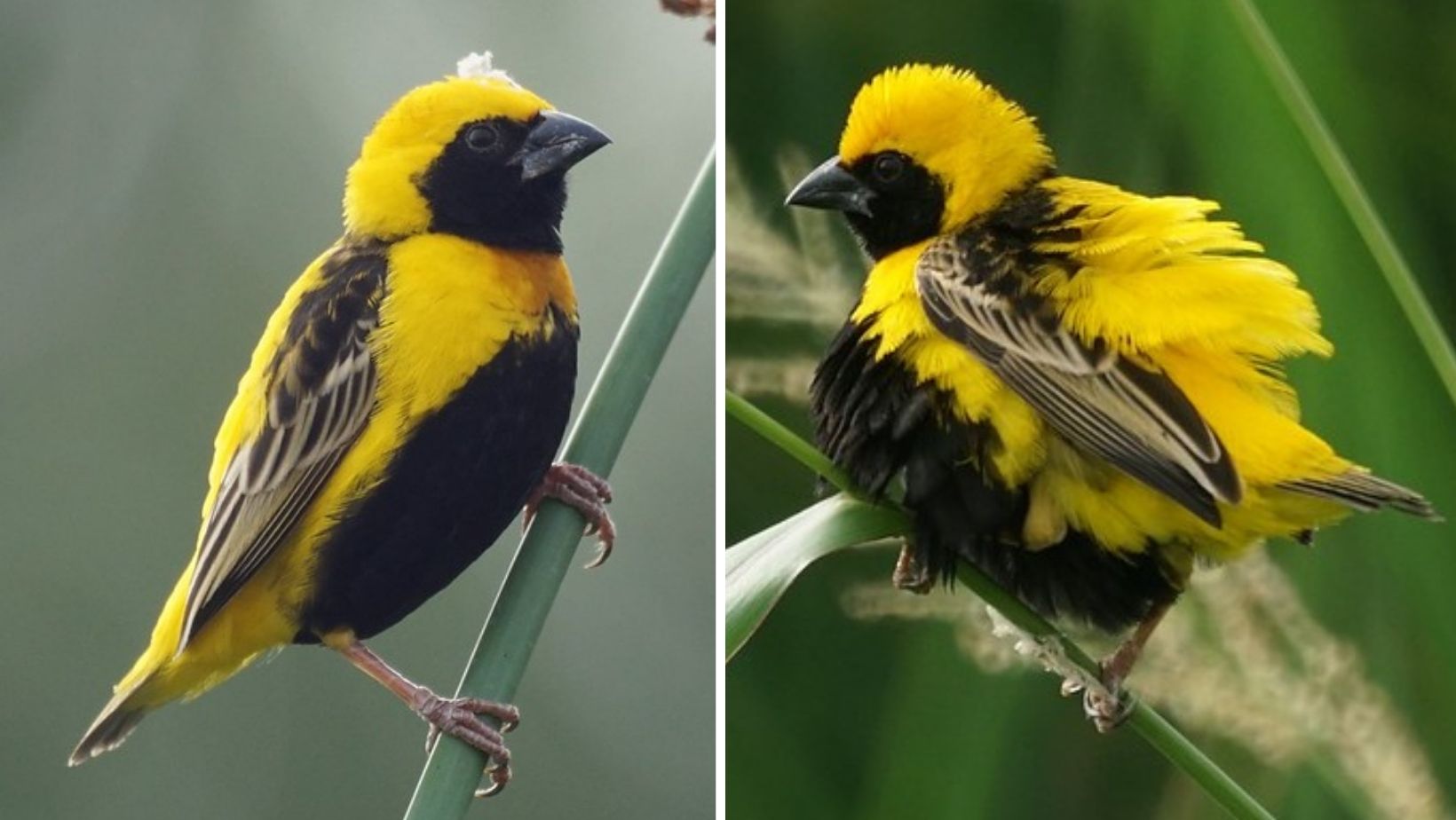
MEET THE YELLOW-CROWNED BISHOP
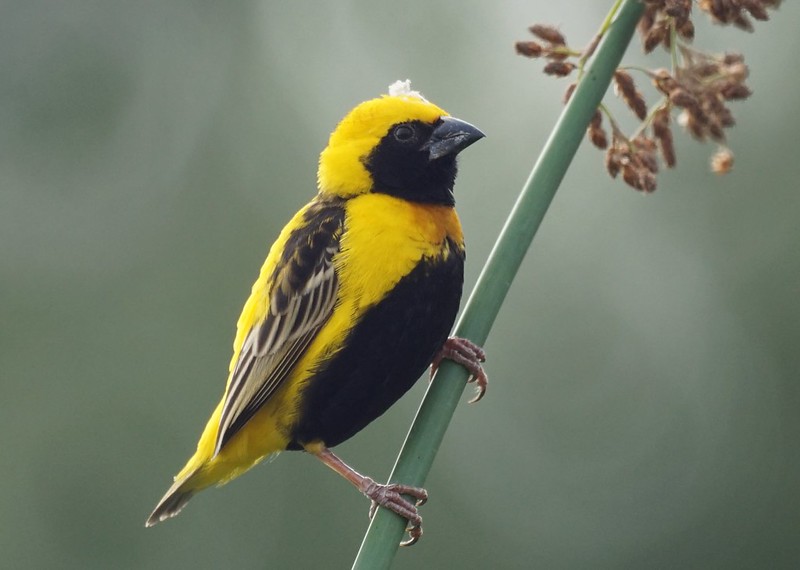
The yellow-crowned bishop (Euplectes afer), is a species of passerine bird in the Ploceidae family native to Africa south of the Sahara. 3.7 in length this bird is sexually dimorphic with observable characteristics of males becoming more apparent. During the breeding season, the male has distinctive golden yellow and black plumage. The color of his bill is black during the breeding season, being horn in color when he is not breeding similar to the female. His lower face is black, as is his throat, breast, and belly with a wide black collar on the back of his neck. He has a brilliant yellow crown, forehead, and hind crown. There is also a yellow patch on the shoulder, with the rump and back are yellow. His legs and feet are pinkish-brown. His wings and tail are brown.

The female yellow-crowned bishop has pale brown upper parts, with darker streaking. Her eyebrows are pale as are her underparts which are off-white with fine dark streaks on the breast and flanks.
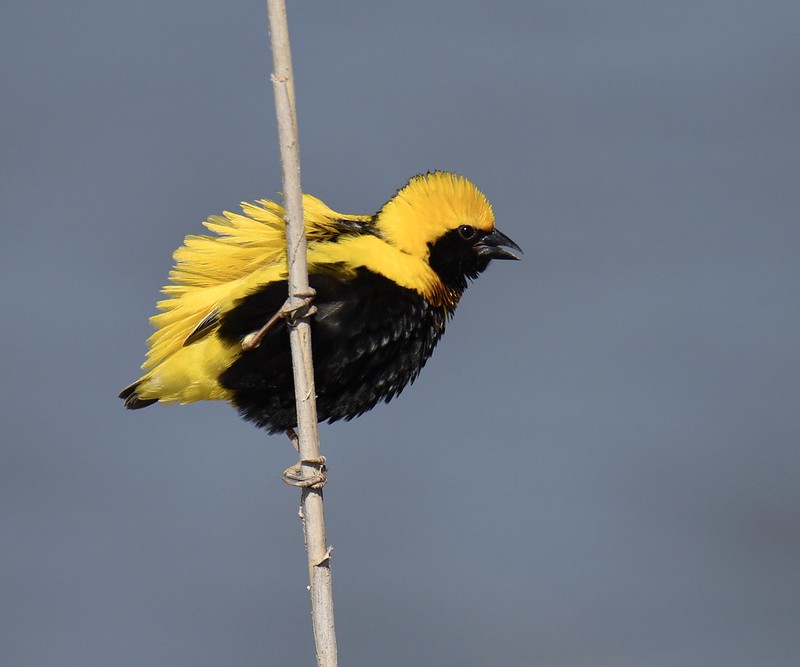
When not in the breeding season the male looks more like the female.

The yellow-crowned bishop is native to many African countries, as well as being introduced to Jamaica, Japan, Puerto Rico, Portugal, Spain, and Venezuela.
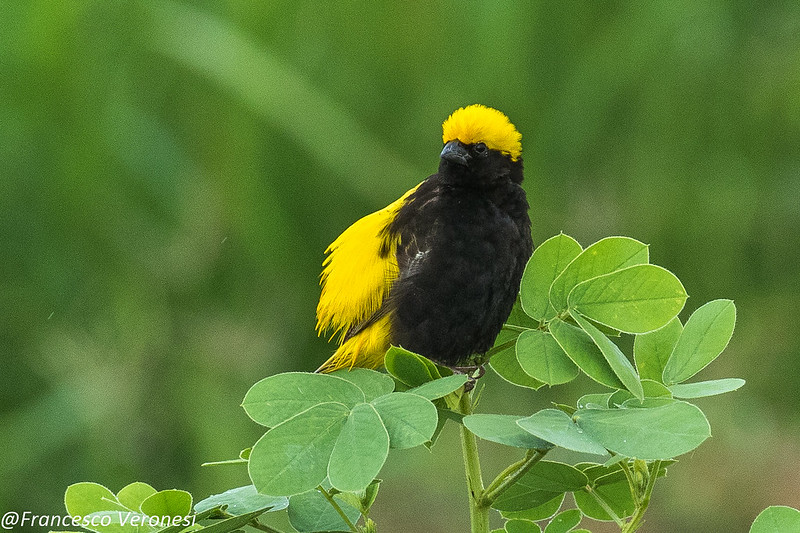
These birds like to live in and around grasslands, vleis, and pans. In these areas, it prefers wheat, sorghum, and weedy vegetation along with wetlands.
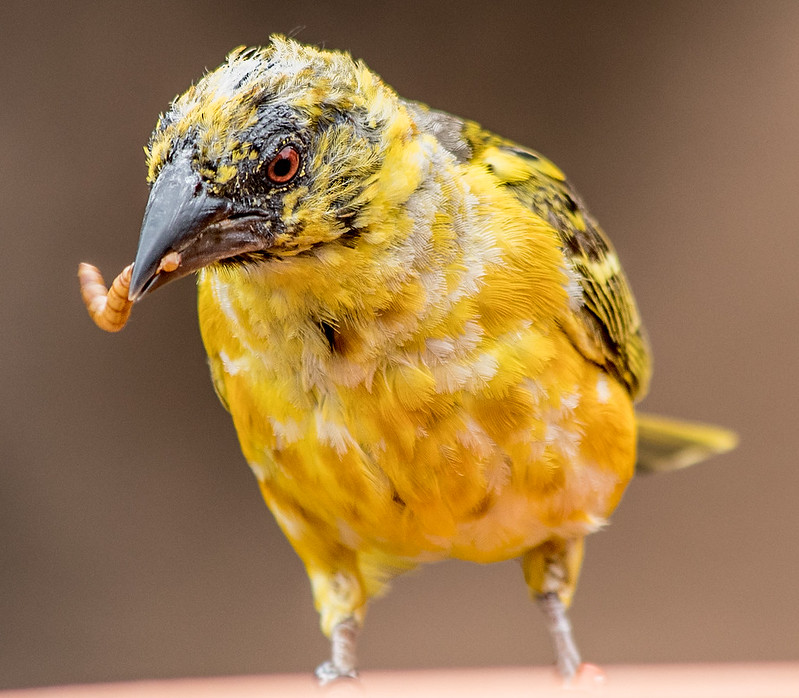
The yellow-crowned bishop likes to eat insects, grain, and seeds.
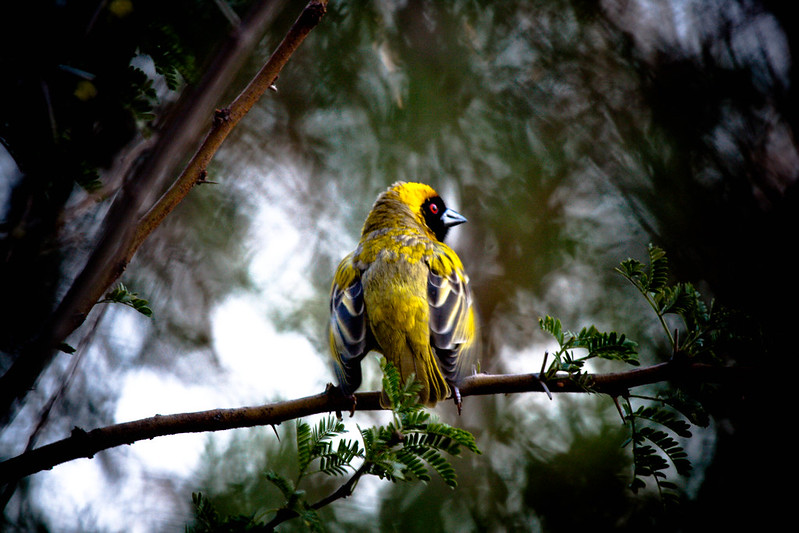
Nesting season is from November through to May, peaking from December to March. Males build two or more oval nests with a top opening among standing stems of grass and or sedge. He uses built-over stems of grass to help hide his construction. Once she has selected the perfect nest the female will lay two to four eggs within, incubating them for 12 – 14 days. Chicks will leave the nest after 11 – 13 days.

Due to this bird’s wide range not only in Africa but globally, this bird is considered at Least Risk on the IUCN list.

WATCH THIS BIRD RIGHT HERE IN THE VIDEO BELOW:
